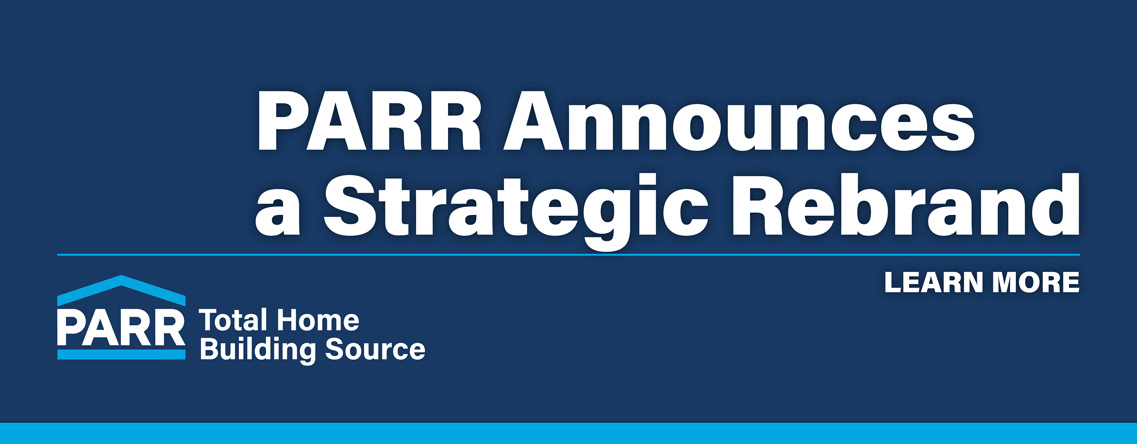Last week we wrote about building your dream deck. Once you have built your awesome deck, you’ll want a little privacy for your outdoor parties. If you’re lucky, you already have a fence to shield yourself from your neigbhors. If not, build one now. Putting up a fence is a lot easier than building a deck.
Fencing design decisions are driven by either function or fashion, and the material the fence is made of reflects this. Cedar fencing is the most popular choice in fencing material. It is available in different widths, styles, thicknesses and grades. Styles include a traditional flat top square board or dog eared, which has the top corners trimmed at a 45 degree angle to provide a round top appearance. Cedar is naturally bug resistant and stains well. You can choose the grade based on utility or performance. The higher the grade, the fewer knots and stronger the material will be.
Vinyl fencing is another material option. It is much more durable than cedar, but cannot be stained or painted. It is available in a few colors and designs to match several architectural styles. This product requires low maintenance but costs more than a wood fence.
You can also achieve a variety of styles through the installation. For example, spacing the fence boards on both sides of the rails (commonly called a good neighbor fence) will allow more visibility than butting them up close together on the same side of the rails for more privacy.
Getting Started
The planning stage is the most important part of the project. Below are a few questions to help you plan.
- What are the dimensions (width, length, height) of the area to be fenced in?
- What is the traffic pattern?
- Are there weather conditions to consider &mdash like shade, sun, rain, or strong wind?
- Do I need a building permit?
- Are there obstacles that need to be removed before construction?
- What shape do I want the fence or deck?
- How high will the deck be off the ground or how tall do I want the fence?
- Are there any codes or restrictions in my area?
- What materials will I use?
- Will the fence have multiple gates?
Determining What You Need
After you have consider the questions in the previous section, your next task is to determine the amount of materials to purchase. To do this, follow the steps below.
- Start the process by measuring the perimeter of the area you would like enclosed.
- Posts should be figured at every eight feet on center. To estimate the number of 4×4 posts you will need, just divide the total perimeter by eight and then adding one.
- You will need two 8-foot rails between each post to attach the fence boards. To determine how many 2×4 rails you need, use this simple equation: (total number of posts minus one) multiply by two.
- Fence boards are traditionally 5-1/2″ wide. Multiply the perimeter by 12 to convert to inches and then divide by 5.5 to get the approximate number of fence boards.
- Don’t forget the post mix (one to two bags per post), fence brackets (two per rail), and nails (a Parr Lumber employee can help you determine the quantity you will need).


